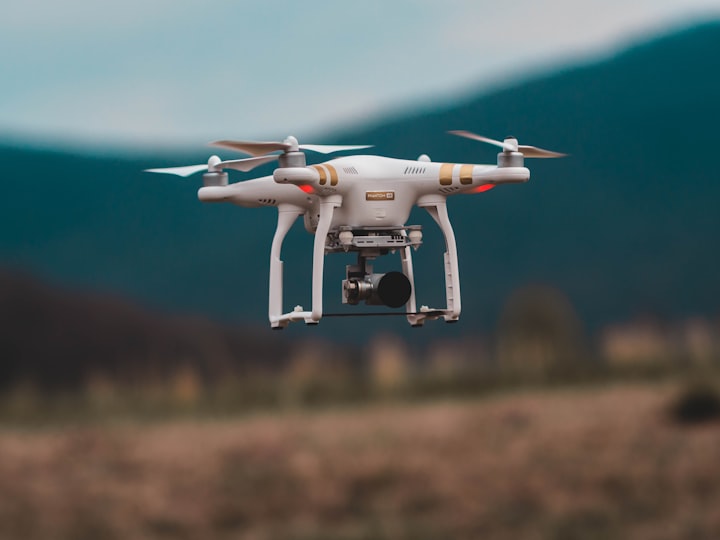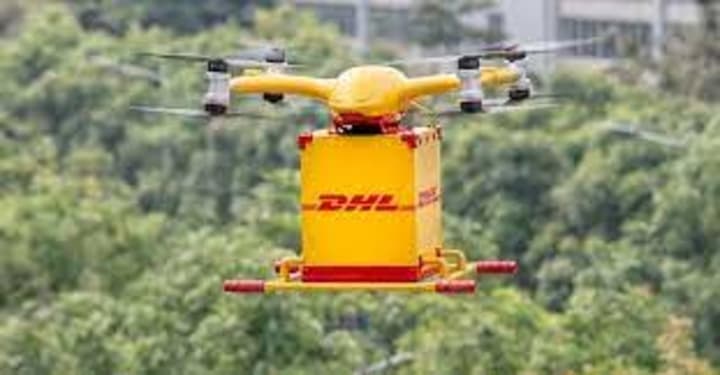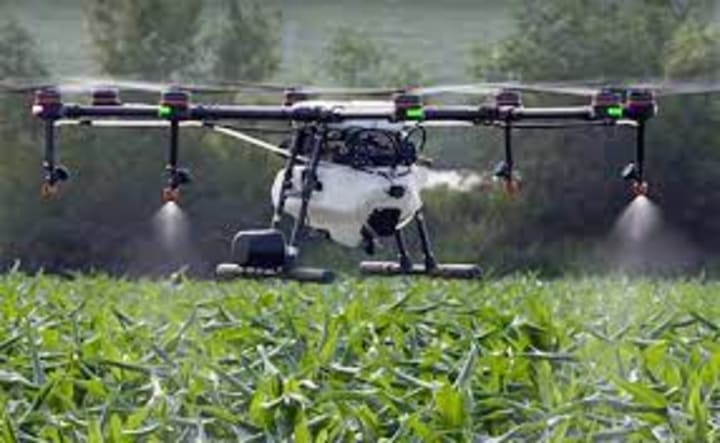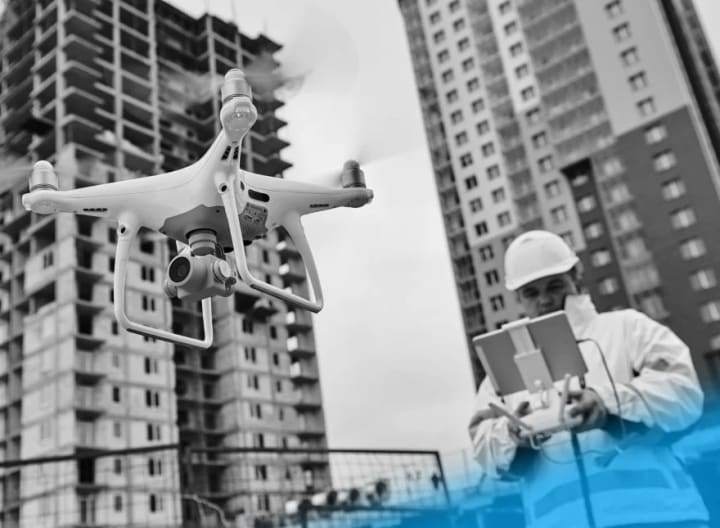The Future of Drone Technology: Transforming Industries and Shaping Society
Technology

Introduction:
In recent years, the use of drones has rapidly evolved from a niche technology to an integral part of various industries and everyday life. With advancements in drone capabilities, we are witnessing a future where these unmanned aerial vehicles (UAVs) are revolutionizing industries, enhancing productivity, and contributing to societal advancements. In this article, we will explore the future use of drone technology and the potential it holds across different sectors.
Delivery and Logistics:
One of the most promising applications of drones lies in the delivery and logistics sector. Companies like Amazon and UPS are already exploring the use of drones for swift and efficient delivery of packages. Drones have the potential to significantly reduce delivery times, especially for remote or hard-to-reach locations. The future may see a network of automated drones seamlessly transporting goods, revolutionizing the logistics landscape.

Agriculture and Crop Management:
Drones are increasingly being employed in agriculture to optimize crop management practices. Equipped with sensors and cameras, these UAVs can provide real-time data on crop health, irrigation needs, and pest infestations. Farmers can use this data to make informed decisions, leading to increased crop yields, reduced resource waste, and improved sustainability. The future of agriculture may witness widespread use of drones for precision farming, making agriculture more efficient and environmentally friendly.

Infrastructure Inspection and Maintenance:
Drone technology offers significant advantages for infrastructure inspection and maintenance. UAVs can reach difficult-to-access areas such as bridges, power lines, and tall buildings, eliminating the need for costly manual inspections or risky human interventions. Drones equipped with high-resolution cameras, thermal imaging, and sensors can detect structural issues, identify maintenance needs, and enable timely repairs, ensuring the safety and longevity of critical infrastructure.

Search and Rescue Operations:
Drones are playing a vital role in search and rescue operations, especially in challenging terrains or disaster-stricken areas. Equipped with thermal imaging cameras and sensors, these UAVs can swiftly locate missing persons, assess dangerous situations, and deliver essential supplies. In the future, drones may become integral tools for first responders, improving their efficiency and effectiveness in saving lives during emergencies.
Environmental Monitoring and Conservation:
Preserving and monitoring the environment is a pressing concern, and drones offer valuable solutions in this regard. UAVs equipped with advanced sensors can monitor air quality, wildlife populations, deforestation, and even assist in fighting against poaching and illegal activities. By providing detailed and real-time data, drones can aid in effective environmental management and conservation efforts, contributing to the protection of our planet.
Construction and Surveying:
The construction industry can benefit significantly from the use of drones for surveying and mapping. Drones equipped with LiDAR (Light Detection and Ranging) technology can quickly and accurately survey large areas, generating detailed 3D models and maps. This improves the efficiency of the construction process, reduces costs, and enhances safety by identifying potential hazards. In the future, drones may become a standard tool for construction companies, revolutionizing the way projects are planned and executed.
Entertainment and Photography:
Drones have already made a significant impact on the entertainment and photography industries. They provide filmmakers, photographers, and content creators with a new perspective and aerial shots that were previously challenging or expensive to capture. As technology advances, we can expect more innovative features and capabilities, further enhancing the creative possibilities for aerial cinematography and photography.
Conclusion:
The future of drone technology holds immense potential across a wide range of industries and societal applications. From revolutionizing delivery and logistics to aiding in search and rescue operations, drones are transforming how we work, live, and interact with our environment. However, as drone usage expands, it is essential to address concerns related to safety, privacy
About the Creator
Peoples point
writer/storyteller





Comments
There are no comments for this story
Be the first to respond and start the conversation.